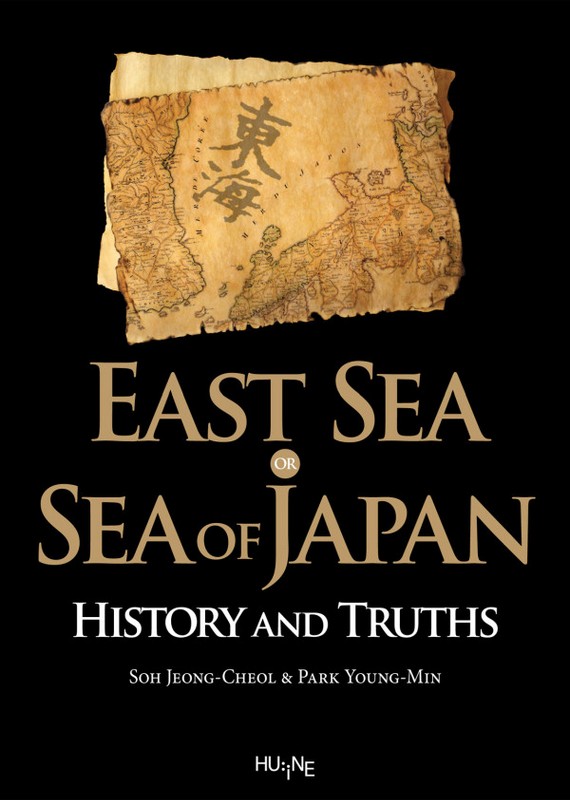
The authors has written this book with the conviction that the "East Sea" and the "Sea of Japan" should be used together. Professor Soh Jeong-Cheol has collected old maps from the last 1960s to the 1990s. Then he joined the Society for East Sea and continued his research. In the early days, he thought that the "East Sea" was the right name and it should be used on maps in place of the "Sea of Japan." However, he gradually changed his mind: as the "Sea of Japan" has recently come into more frequent use and is supported by vested interests, it would be more rational to those with the "East Sea."
To this end, the authors studied the notations and the sea between Korea and Japan on maps of many countries of the world and attempted to relate the truths about the "East Sea/Sea of Japan" as objectively as possible.
Professional translator and researcher.
Park Young-Min graduated from Graduate School of Translation and Interpretation, Hankuk University of Foreign Studies.
He taught at Graduate School of Translation and Interpretation, Ewha Womans University as an adjunct professor.
He translated A Compendium for the Comprehensive Publication of Korean Literary Collections in Classical Chinese and other books into English. He published the Korean translation of From Alchemy to IPO, History of the Earth, and many others.Professor Emeritus of Hankuk University of Foreign Studies.
While studying in France, Professor Soh came across a terrestrial globe with the marking “Mer Orientale.” Over the next 40 years, he collected over 200 old maps and antique books to trace the history and truths about the East Sea.
As a founding director of the Society for East Sea, he has made more than ten presentations on the East Sea at international seminars organized by the Society.
In 2004, he donated his entire map collection to the Seoul Museum of History and held a special exhibition.
His books published in Korean include Wars on the Maps, Old Western Maps and Korea, and Corea, the Imagination of Europeans.
